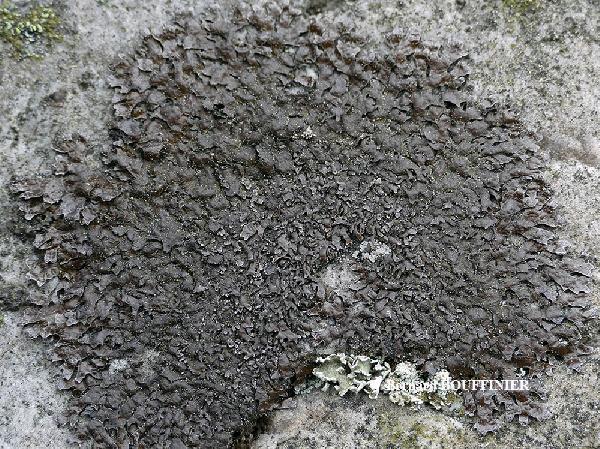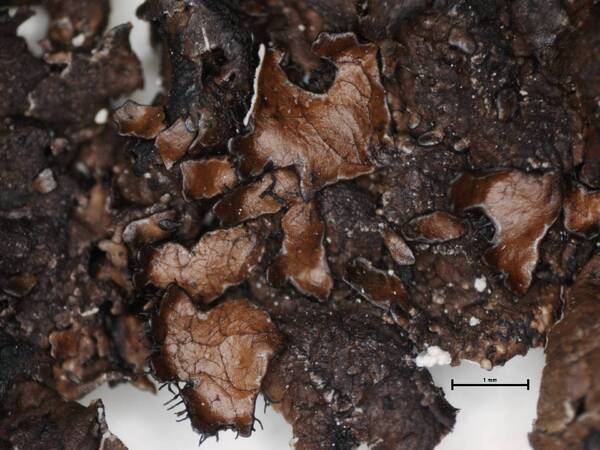Parmelia discordans Nyl.
Meddel. Soc. Fauna Flora Fenn., 13: 40, 1886
Synonyms: Parmelia omphalodes subsp. discordans (Nyl.) Skult; Parmelia omphalodes var. discordans (Nyl.) H. Magn.
Distribution:
Description: Thallus foliose, heteromerous, dorsiventral, closely adpressed, forming more or less regular, up to 10 cm wide rosettes which often merge into extensive swards. Lobes 0.5-1(-3) mm wide, sublinear, with angular apices, short and often imbricate. Upper surface dark brown (rarely grey to grey-brown in shade-forms), epruinose, weakly shiny, with mainly marginal, linear, up to 0.5 mm long, white pseudocyphellae; lower surface black, with simple or forked, black rhizines most abundant towards the margin. Upper cortex paraplectenchymatous, of 2-6 layers of densely packed cells, with a usually non-pored epicortex, the cell walls with isolichenan; medulla white; algal layer continuous; lower cortex paraplectenchymatous, thinner than upper cortex. Apothecia rare, lecanorine, cup-shaped, to 5 mm across, with a dark brown disc and a prominent thalline margin. Epithecium brownish; hymenium and hypothecium colourless. Asci 8-spored, clavate, Lecanora-type. Ascospores 1-celled, hyaline, ellipsoid, 14-16 x 8-19 µm. Pycnidia rare, black, laminal. Conidia more or less thickened at both ends, 5.5-6.5 x c. 1 µm. Photobiont chlorococcoid. Spot tests: upper cortex K+ yellow, C-, KC-, P-; medulla K-, C-, KC+ violet or KC-, P+ orange-red. Chemistry: upper cortex with atranorin; medulla with protocetraric and protolichesterinic acids; fumarprotocetraric, lobaric and galbinic acids accessory, or present in traces.Note: a mainly western silicicolous lichen, mainly coastal in Scandinavia, usually restricted to upland areas in Central and Southern Europe, never reported from Italy nor from the Alps outside Italy, but known from Corsica (Roux & al. 2014). To be looked for in Tyrrhenian Italy, especially in Sardinia.
Growth form: Foliose
Substrata: rocks
Photobiont: green algae other than Trentepohlia
Reproductive strategy: mainly sexual
Most common in areas with a humid-warm climate (e.g. most of Tyrrenian Italy)
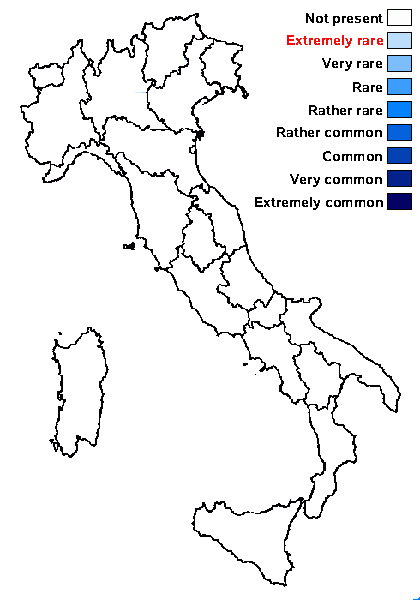
Predictive model
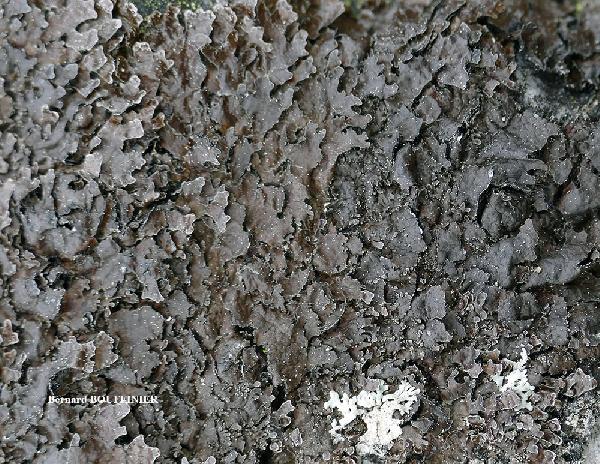
Bernard Bouffinier - Source: http://www.lichensmaritimes.org/index.php?task=fiche&lichen=805&lang=en
Sweden, Västervik
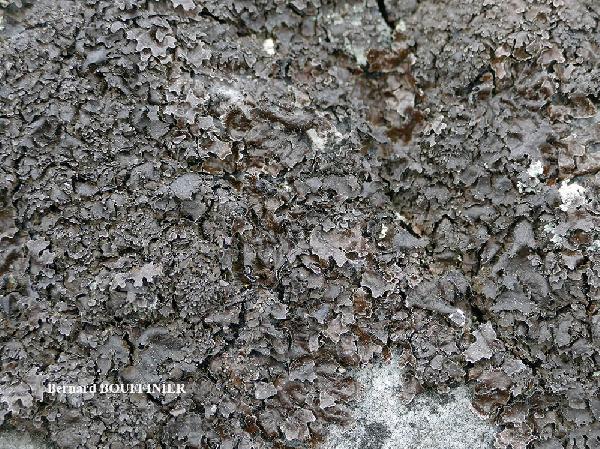
Bernard Bouffinier - Source: http://www.lichensmaritimes.org/index.php?task=fiche&lichen=805&lang=en
Sweden, Västervik
Growth form: Foliose
Substrata: rocks
Photobiont: green algae other than Trentepohlia
Reproductive strategy: mainly sexual
Most common in areas with a humid-warm climate (e.g. most of Tyrrenian Italy)

Predictive model

Bernard Bouffinier - Source: http://www.lichensmaritimes.org/index.php?task=fiche&lichen=805&lang=en
Sweden, Västervik

 Index Fungorum
Index Fungorum
 GBIF
GBIF
